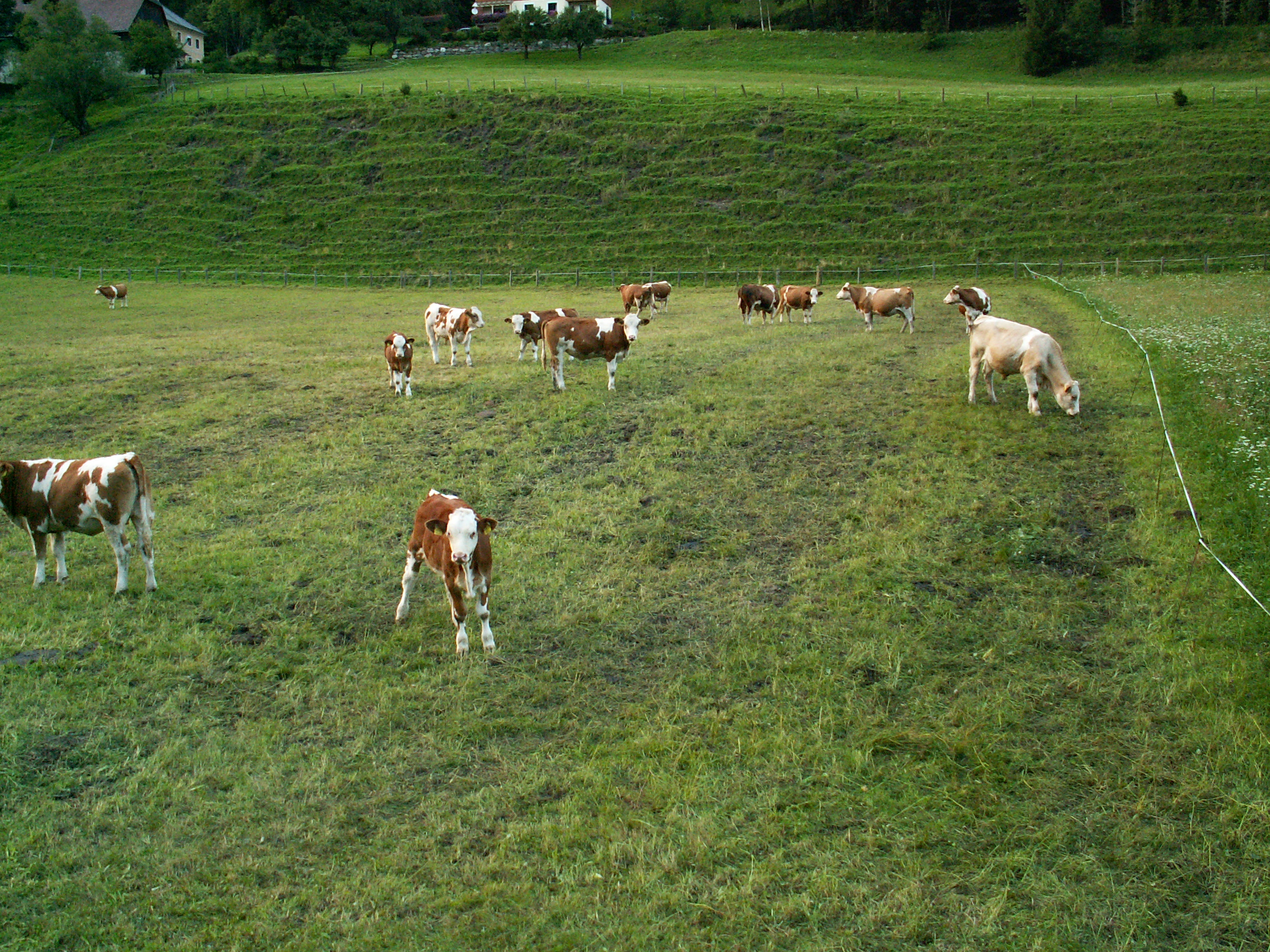This grazing process requires a lot of time and material. With each upwelling, the animals are offered a new, additional pasture area within the field in addition to the previous pasture area. Portion grazing is only very efficient and suitable for high-performance animals with good management.
Important rules for portion grazing:
- An area that has already been grazed will no longer be overgrazed/entered after 4 days at the latest (resting phase)!
- Here too, the growth height of the grass should be 10 – 15 cm (max. 20 cm)!
- During periods of rain or unfavorable soil and plant conditions, portion grazing should be avoided if possible due to the damage caused by footfall.
Portion grazing is widespread in Austria, but is often implemented very poorly. For example, grazed areas are overgrazed or walked on for many days. The consequences: no rest period; new shoots are bitten, constantly aging forage at the end of the field; Formation of drive paths towards the last portion of the day, high footfall on the day of grazing; restless herd of cows; unfavorable fertilizer distribution. Often the feed is significantly too high, especially when you have reached the end of the field. As a result, feed losses increase, the population develops poorly and the animals' performance declines.
Disadvantages:
- High material and labor costs
- More restless animals
- Hasty food intake (risk of bloating)
- Stepping damage, especially in wet weather and on cutting surfaces
- Less dense vegetation and risk of feed contamination
- Portion grazing is often carried out improperly
Advantages:
- Good controllability
- Consistent and high feed quality with good management






